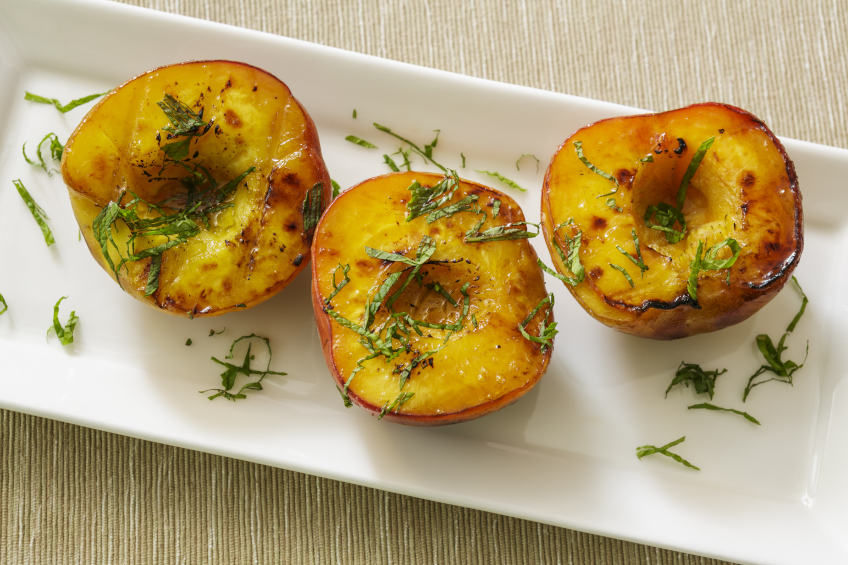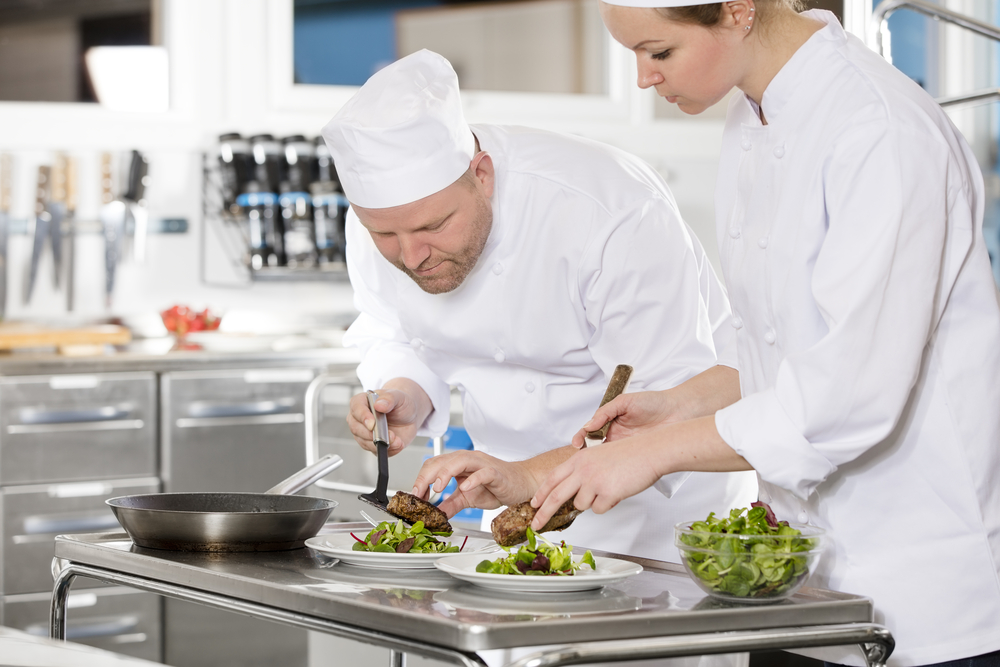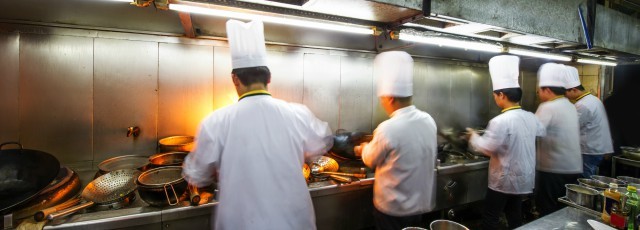
Your children should be able create a simple but effective list of cooking skills. These skills include the ability to create creative recipes and ensure safety in the kitchen. These skills are vital for your child's development. Here are some tips. Here is a sample checklist.
List of essential culinary skills
A strong culinary education is not enough. Aspiring chefs must also be able to cook properly. These skills include knowing how to determine the freshness of ingredients and prepare meats, fruits, or vegetables. They also know how to convert standard recipes into larger batches. A chef needs to be skilled in time management and an excellent sense of smell, taste, and smell. He or she must also be able and competent to handle knives, food equipment, and other tools.
Sauteing is a versatile cooking technique that can be used for a variety of ingredients. Lightly sauteed vegetables and shrimp in garlic butter are particularly delicious. Braising, which is one of the oldest cooking methods, involves boiling over an open fire. Although it is quite basic, it is extremely useful. If you can boil a dish, you are on your way to becoming a good cook. It is also important to know how to use a knife and understand safety tips.
Develop creative recipes
Creative recipes are key to success in cooking. They not only showcase your creativity but also your skills. Divergent thinking, or creative thinking, allows you think outside of the box to generate new ideas. This is an important skill for a cooking career, because it allows you to experiment with different flavors and cooking techniques and impress your customers. With a creative mind, you can also try new flavors to impress your employer. You can experiment with different flavors and come up creative themes for your meals. Find creative ways to increase your creativity through brainstorming and research.

Another problem is the inconsistent way they define cooking skills. Although the authors disagree on which is more important they agree that the definition should be changed. They argue that the definition of a skill should be evolved from the perceived "Golden Age" when cooking skills were developed beyond a person's ability to prepare basic foods. To create an increasingly healthy and vibrant future for food, we must support the evolution of these skills and their use.
Safe cooking in the kitchen
It is crucial to create a safe working environment in your commercial kitchen for your employees' health. The kitchen can be a potentially dangerous place with electrical appliances, bacteria, and an open fire in the oven. Developing a plan for the kitchen's cleanliness and adopting safety equipment are important first steps. It is important to ensure children are not left unattended in the kitchen. Properly training employees and implementing a safety plan can go a long way to preventing accidents.
For all kitchen staff, fire-resistance training and fire safety training are essential. Training in fire-safety is offered by local fire departments. Kitchen staff should know where fire blankets and fire extinguishers are, how to operate them, and how to manually initiate the fire-suppression system. As needed, employees should be trained in CPR and emergency first aid. When possible, kitchens should have non-slip flooring and mats.
Identifying food safety hazards
Your safety program should include identifying food safety hazards, regardless of whether you're cooking for your family or catering for special occasions. Food safety starts with identifying potential hazards. It can prevent product recalls and food poisoning outbreaks. Failure to do so could result in brand damage or regulatory action. Codex HACCP compliance by food businesses is critical. It is essential that you identify hazards.

There are many potential physical hazards that can inflict injury on humans. They can be natural or artificial and can come from people, plants, or even packaging. Different physical hazards can cause injury or disease differently. These hazards don't have to be necessarily dangerous. They just need to be eliminated. To identify potential hazards and to determine how to reduce them, it is important that you identify the source of the problem. By observing the product, you can identify the source of risk.
FAQ
Are there any requirements to become a chef?
No. No. Some even went on to culinary school to gain work experience. But most chefs prefer culinary school as it offers them more opportunities for learning and growth. Culinary schools give students hands-on experience, which allows them to develop valuable skills as well as improve their culinary knowledge.
How can I be hired as a chef?
It is possible to get a job in the kitchen by word of mouth. Your friends and family members might know of a restaurant that needs additional staff. A lot of restaurants also advertise their openings on bulletin boards or websites.
What's the difference between a professional chef and an amateur cook?
A chef prepares meals for others. A cook prepares the food for oneself. Both jobs require the preparation of food. However, chefs work directly with their customers. This means they may have to decide what to serve guests based on their preferences. Cooks don't interact with customers. Instead, a cook makes sure the food tastes good before delivering it to customers.
Statistics
- The median pay for a chef or head cook is $53,380 per year or $25.66/hour, according to the U.S. Bureau of Labor Statistics (BLS). (learnhowtobecome.org)
- You'll be amazed that over 90% of CIA students receive scholarships and grants to finish their culinary studies. (ischoolconnect.com)
- In the United States, the category is estimated at $23.2 billion annually and is growing faster than the market. (washingtonpost.com)
External Links
How To
How to Become a Chef
One of the most exciting careers is that of a chef. It takes a lot to be able to do this job well. However, if you want to start working immediately, there are many ways to get into this field. You have the option to work in restaurants or hotels, as well as at catering companies. Or you can even learn how to cook. We have some helpful tips to help you make the right decision when choosing a career as a chef.
-
Learn how to cook!
Cooking is something everyone should learn at least once in their life. You should learn to cook if you don't already know much about food. There are so many great recipes available online. They are also easy to follow. Remember to take your time when learning new things. Enjoy every step and take your time.
-
Do you want to become an expert chef? You'll be able develop your personal style and taste, while also learning valuable information. Culinary schools offer courses such as baking, pastry making, meat cutting, and much more. They require students to take classes for several year before they graduate. If you truly want to be a chef, it is worth considering other schools.
-
Work in a restaurant
Working in a restaurant is probably the easiest way to enter the world of chefs. Many people start out as chefs because they get hands-on experience. Restaurants want qualified staff, especially if they have had experience in other fields. Look for work in restaurants if your goal is to become a chef.